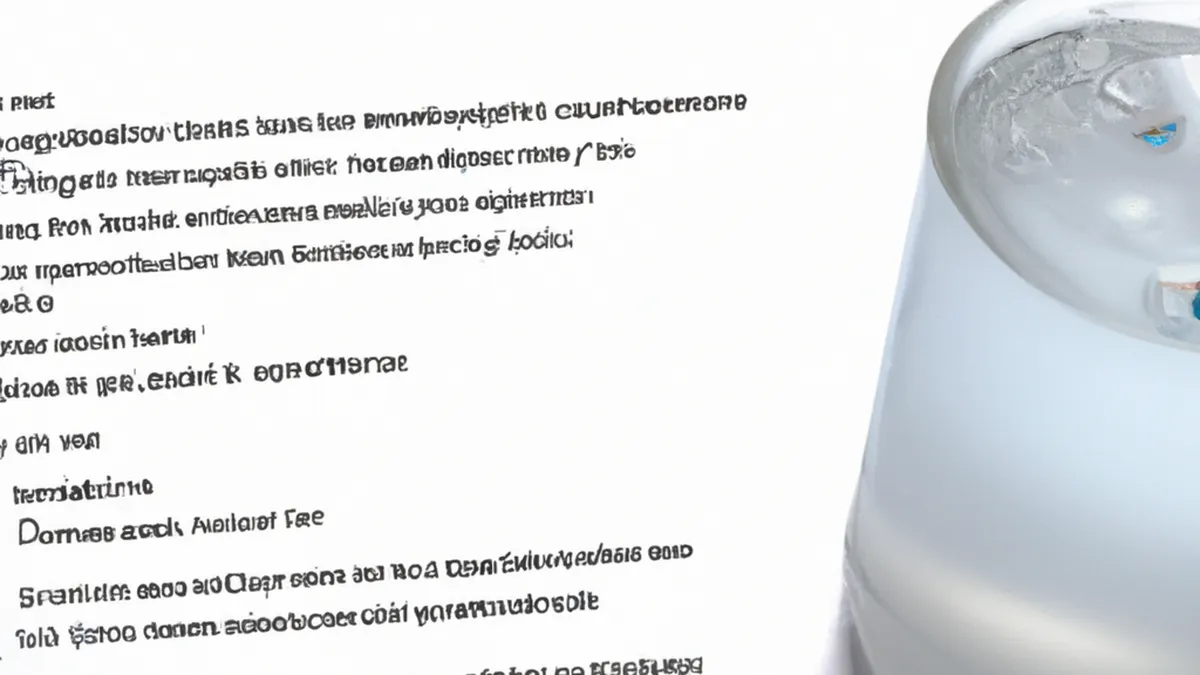Calculate Electrolyte Requirements from Sweat Loss
Understanding How to Map Electrolyte Needs Based on Sweat Rate
Athletes often prioritize training, nutrition, and recovery. However, hydration and electrolyte balance are equally important. Proper hydration enhances performance and reduces fatigue and injuries. This post explains how to map electrolyte needs based on sweat rate.
What Are Electrolytes?
Electrolytes are essential minerals that carry an electric charge. They maintain fluid balance, facilitate muscle contractions, and ensure proper nerve signaling. Common electrolytes include sodium, potassium, calcium, magnesium, chloride, bicarbonate, and phosphate.
Physical activity, especially in hot environments, causes sweat loss. Understanding your sweat rate helps optimize hydration and maintain peak performance.
How to Determine Your Sweat Rate
Determining your sweat rate is the first step to mapping electrolyte needs. Follow these straightforward steps:
1. Weigh Yourself Before and After Exercise
Weigh yourself in minimal clothing before your workout. This initial weight serves as your baseline. After at least an hour of exercise, dry off and weigh yourself again. The weight difference indicates your water loss from sweating.
2. Account for Fluid Intake
Track your fluid intake during the workout. Measure the volume of drinks consumed and log it. After your workout, subtract your fluid intake from your total weight loss to understand how much you actually sweat.
3. Calculate Your Sweat Rate
Use this formula to calculate your sweat rate:
\[
\text{Sweat Rate (L/hr)} = \frac{\text{Weight Loss (kg)} + \text{Fluid Intake (L)}}{\text{Duration of Exercise (hr)}}
\]
This calculation gives you your sweat rate in liters per hour, helping you understand your hydration and electrolyte needs.
Mapping Your Electrolyte Needs
After determining your sweat rate, map your electrolyte needs. Follow these practical steps:
1. Understand Your Electrolyte Losses
Different sweat rates lead to varying electrolyte losses. Higher sweat rates typically result in more sodium loss. Studies show sweat can contain 0.5 to 2.5 grams of sodium per liter. If you calculate a high sweat rate, replace lost sodium to maintain performance.
Conclusion
Understanding your sweat rate helps optimize hydration and electrolyte balance. Proper management enhances athletic performance and reduces fatigue.
Below are related products based on this post:
FAQ
What are the essential functions of electrolytes in the body?
Electrolytes are essential minerals that carry an electric charge and play crucial roles in maintaining fluid balance, facilitating muscle contractions, and ensuring proper nerve signaling. Common electrolytes include sodium, potassium, calcium, magnesium, chloride, bicarbonate, and phosphate.
How can I accurately determine my sweat rate?
To determine your sweat rate, weigh yourself before and after exercise in minimal clothing. The weight difference indicates your water loss from sweating. Be sure to account for any fluid intake during the workout by subtracting it from your total weight loss to calculate your actual sweat loss.
Why is it important to map my electrolyte needs based on my sweat rate?
Mapping your electrolyte needs based on your sweat rate is important because different sweat rates lead to varying electrolyte losses. Understanding your specific needs helps you replace lost electrolytes, particularly sodium, which can enhance performance and reduce fatigue during physical activity.















Post Comment